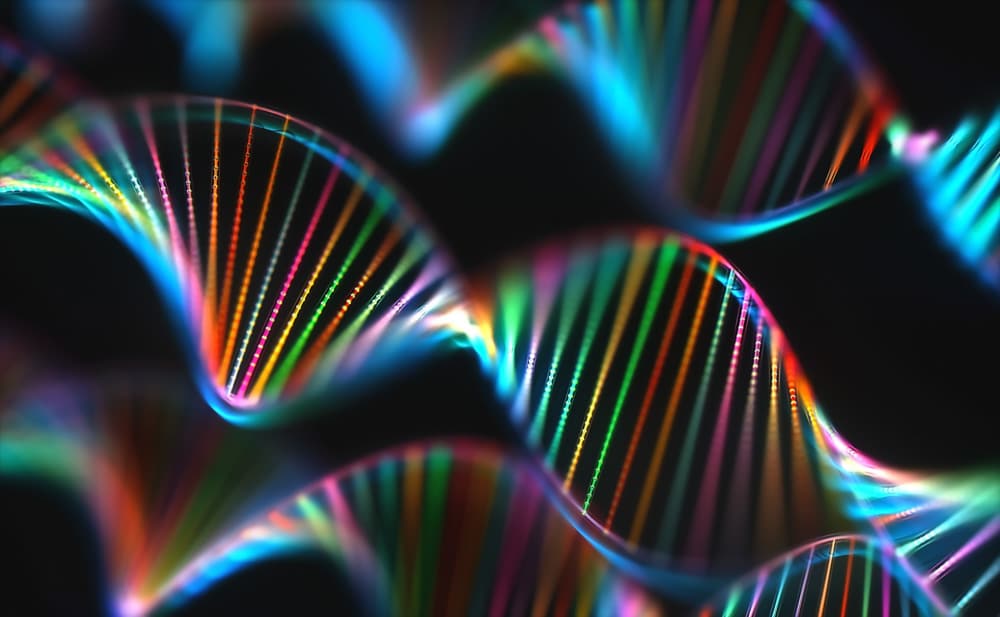An Introduction to Tandem Affinity Purification

Tandem affinity purification is a development of existing techniques for purifying protein complexes from cells in physiological conditions. It was first described over ten years ago and has become a commonplace laboratory tool. In this brief article I’ll introduce the basic technique and describe some of its advantages.
Biology is a team game. Most biological processes in involve proteins interacting with one another as part of complexes or within signalling pathways. We all want to know what our favourite protein interacts with. However, purifying protein complexes is tricky. You have to purify your proteins in as near-physiological conditions as possible to preserve those important protein-protein interactions. Unfortunately, if conditions are not stringent enough, you will also purify non-specific proteins.
Tandem affinity purification is a method specifically designed to allow reproducible purification of different protein complexes from biological samples. It involves incorporating an epitope tag onto your protein of interest and performing a two-stage purification protocol. As with all epitope tags, some care should be taken to make sure your tag doesn’t interfere with the function of your protein. It would be particularly irritating if adding the tag disrupted some of the protein interactions you’re trying to detect! Several tandem epitope tag combinations have been developed. Here I’m going to briefly describe the original.
TAP-tagging
The TAP tag consists of two Immunoglobulin G (IgG) binding domains from the Staphylococcus aureus surface protein, Protein A and a calmodulin-binding peptide (CBP). These two parts are separated by a short peptide which is a target for the site-specific TEV protease: A widely-available protease originally isolated from Tobacco Etch Virus (hence the name).
Your TAP-tagged protein of interest is initially isolated from cell lysate via IgG-coated beads, which are tightly bound by the protein A part of the tag. After washing the beads, the TAP-tagged protein (and its interactors) can be released from the beads by incubating with TEV protease. This cleaves the TAP tag, leaving the Protein A part bound to the beads, together with any non-specific IgG-binding proteins. Your favourite protein, plus the CBP half of the tag, is released from the beads. As it is still tagged with CBP, it can then be re-purified using Calmodulin resin, washed and eluted.
This two-step purification process greatly reduces the amount of non-specific binding you get in your protein purification. This is really important if, for example, you want to identify all the binding partners of your favourite protein by mass spec. By using two separate purification steps, you minimise the likelihood of spurious proteins contaminating your purification.
Since the first description of the TAP tag, tandem affinity purification has become widely used across an ever-expanding range of model systems. Hopefully this brief introduction will have given you an idea of the basic principles involved, and the advantages of using a two-stage protocol for purifying protein complexes.
For a more complete review of tandem affinity purification you could read: Puig, Caspary, Rigaut et al. (2001); Methods 24, 214-229. Alternatively, if you want to read the original description, see: Rigaut, Shevchenko, Rutz et al. (1999); Nature Biotechnology 17(10):1030-2.